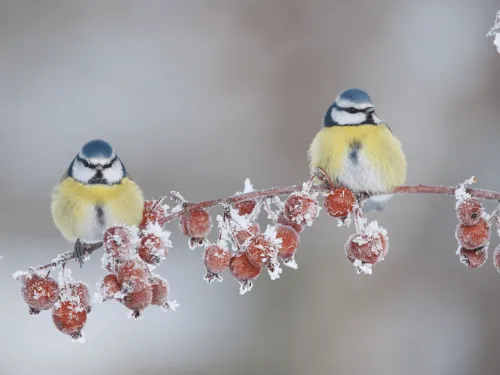
Create a wilder garden this winter
Wilder Gardens Officer, Ellen Tout, talks about her favourite parts of the winter garden and what you can do to make your space a sanctuary for wildlife.
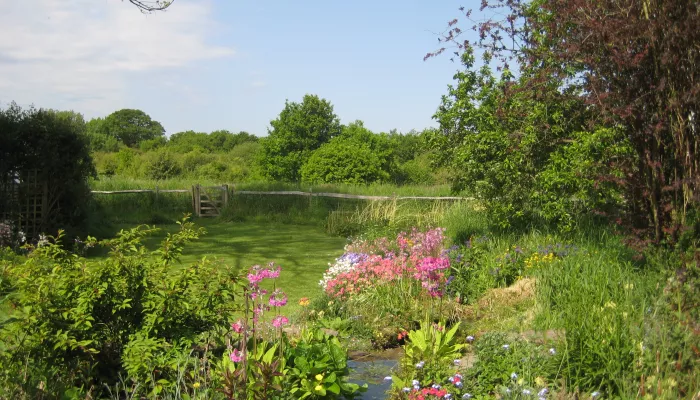
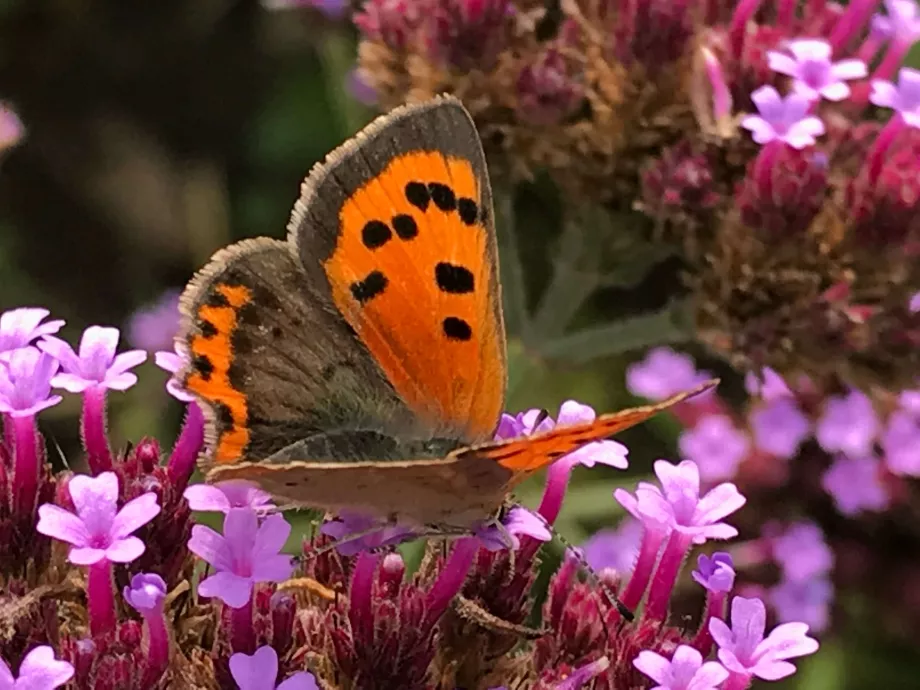
Small copper butterfly on verbena bonariensis ©P Brook
Why not start now and create something of long-term value during your enforced isolation at home? Connecting more with nature will help us all to cope better with the stress of the coronavirus pandemic and all the other challenges life throws at us.
We all know that wildlife is struggling, and a major cause of this is habitat loss. Kent Wildlife Trust's ‘Bugs Matter’ survey recently revealed that there were 50% fewer insects found in Kent in 2019 compared to 2004. The effects are devastating for insect-eaters such as swallows whose chicks each need 200,000 insects to reach fledging age.
However, this is not a time for despair but to take action for insects. Gardeners can come to the rescue of our beloved wildlife. They can develop their gardens as a habitat for wildlife and provide valuable corridors to enable creatures to move around to find food or a mate. Even in a small space, you can still make a difference, especially if you talk to your neighbours and encourage them to garden for wildlife. Together, you can provide all the features wildlife needs, which are essentially water, food and shelter.
Water will support wildlife in your garden even if you only have room for a bird bath, though a pond is ideal.
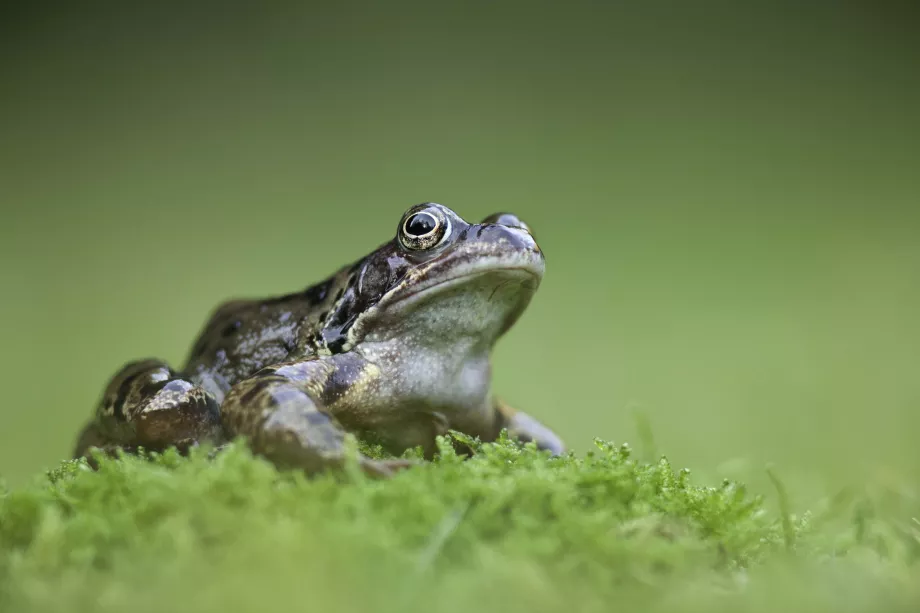
Common frog. © Guy Edwardes
You can provide food by growing pollen and nectar-rich plants and shrubs with berries.
Healthy soil will encourage the wonderful creepy crawlies that are such an important part of the food chain. You could put bee and bug homes in your garden or make a log pile to shelter invertebrates and other creatures.
We are not trained horticulturalists or ecologists but have long been enthusiastic gardeners. Gradually we have made our garden more welcoming to wildlife. At first our main source of inspiration was Chris Baines’ pioneering book, How to make a wildlife garden, which was published in 1985. Since then we have learnt by experience and by our involvement in Kent Wildlife Trust’s Wild about Gardens scheme which offers advice to people wishing to turn their garden into a haven for wildlife. We have learnt so much, and been so inspired by other volunteers and from the people whose gardens we have been privileged enough to visit as part of the scheme that we want to share all the knowledge and ideas.
Hopefully you will be encouraged to turn your own garden into a haven for wildlife. Current restrictions on shops opening should not be an obstacle as you can order so much online and some nurseries and garden centres have started delivery services.
Kent Wildlife Trust’s Wild about Gardens scheme is offering advice by telephone this year. You can enter your garden into the scheme online and our trained Wild about Garden volunteers will do their best to answer your questions.

Wilder Gardens Officer, Ellen Tout, talks about her favourite parts of the winter garden and what you can do to make your space a sanctuary for wildlife.
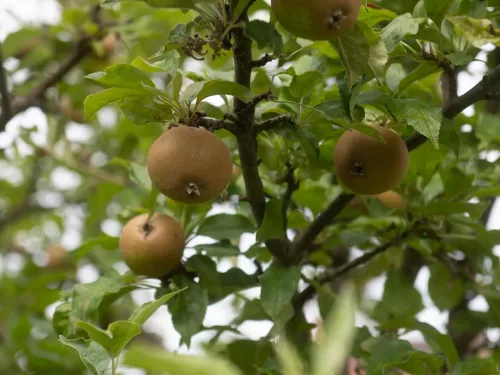
Typically, most gardeners and farmers grow annual vegetable crops – those that are sown, planted, and harvested within one growing season. But perennial fruit and vegetables, which grow and produce food for many years, are becoming increasingly popular.…
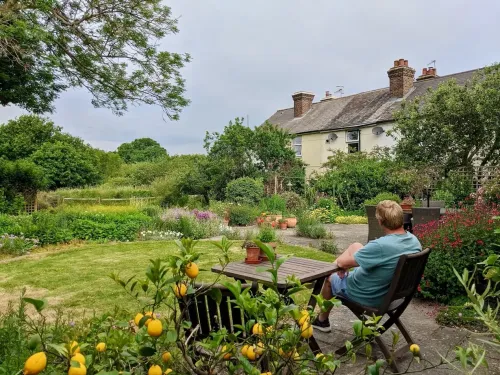
Volunteer Wild About Gardens Advisor Penny Brook takes us on a journey through her garden to share how they create a flower-filled haven for both people to relax and wildlife to flourish.